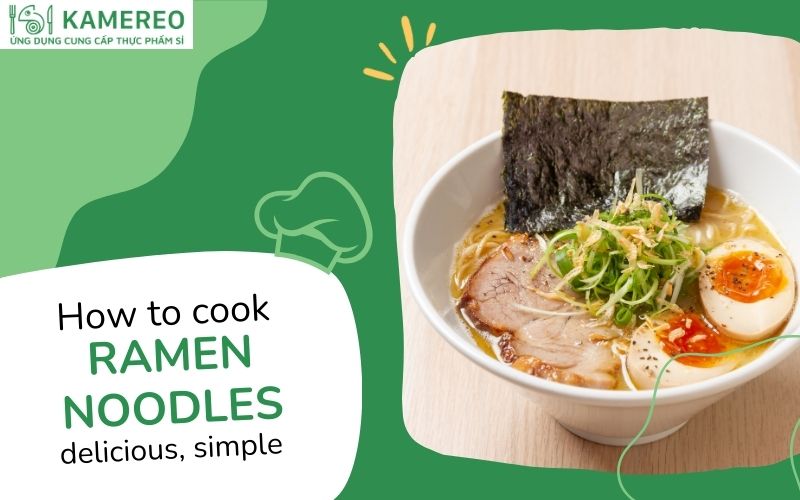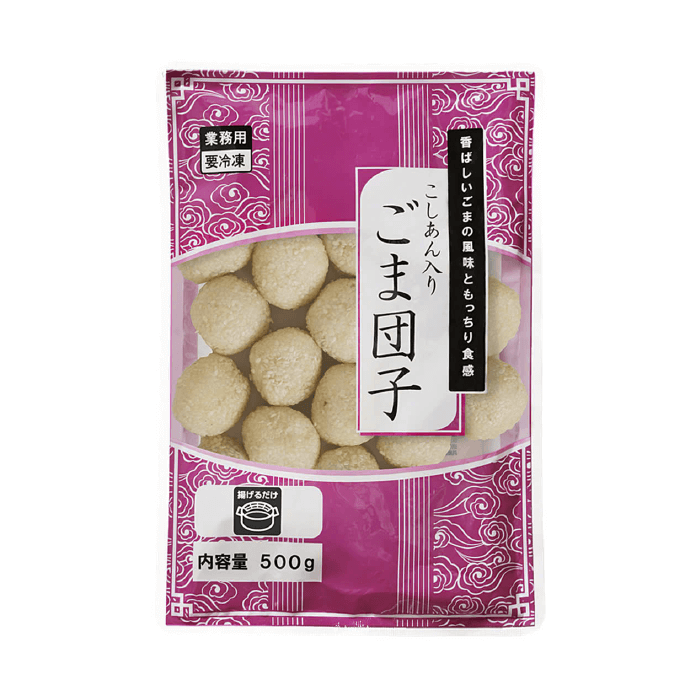Japanese Ramen, with its captivating flavor and diverse preparation methods, is always a top choice for Asian food lovers. From street food stalls to luxurious restaurants, Ramen offers a unique culinary experience. The following article by Kamereo will provide detailed instructions on how to cook ramen noodles at home, allowing you to easily create a fragrant and authentic bowl that rivals restaurant quality!
⛩ This article belongs to the JAPANESE FOOD CULTURE series
This is a series of articles sharing interesting knowledge about the culture, dishes, and authentic recipes of the Land of the Rising Sun.
How to Make Japanese Ramen
Ingredients for Ramen
- Leeks: 5
- Carrot: 1
- Potato: 1
- Ginger: 50g
- Garlic: 50g
- Whole dried chilies: A few
- Pork bones: 1kg
- Pork belly: 1kg
- Brown sugar: 100g
- Sake: 200ml
- Dark soy sauce: 300ml
- Mirin: 50ml
- Boiled eggs: 5
- Sesame seeds: A few
- Seaweed: 5 sheets
- Fresh ramen noodles: 250g
- Salt, pepper, cooking oil: As needed
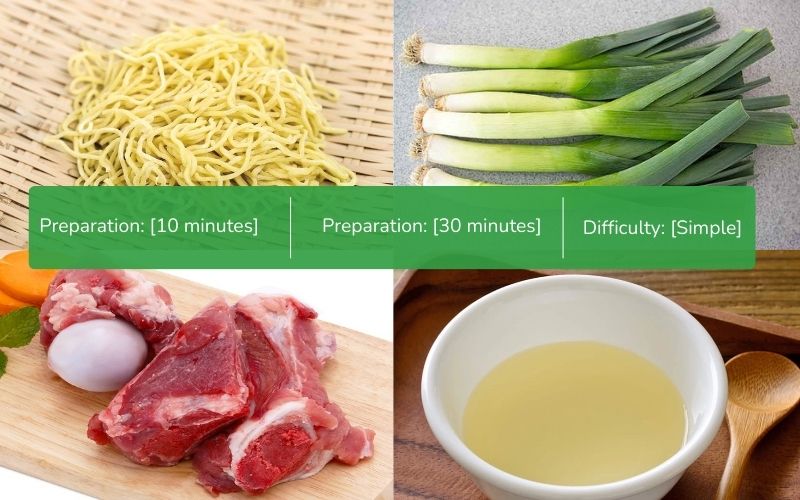
Buy Ramen Ingredients at Good Prices at Kamereo:
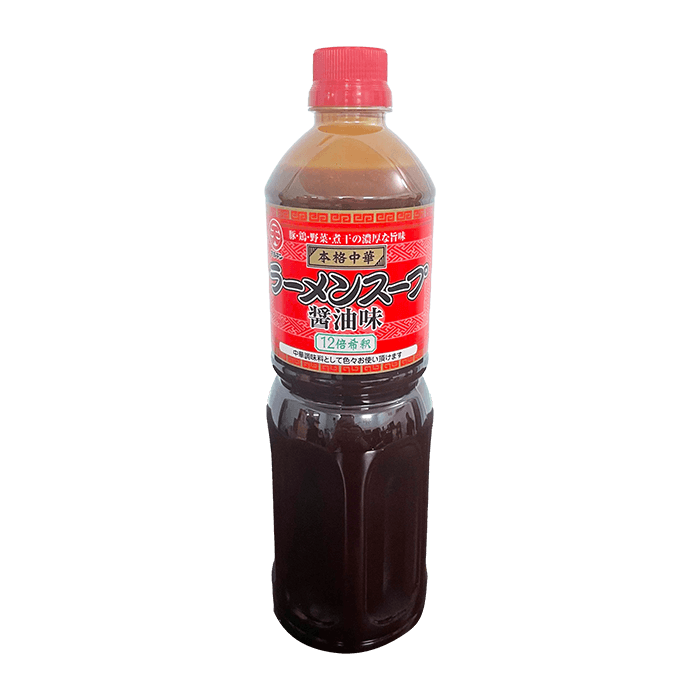
Concentrated Ramen Soup 1L
165,000đ/BOTTLE

Leek Da Lat
36,000đ/KILOGRAM
41,500đ/KILOGRAM

Carrot Da Lat
22,000đ/KILOGRAM
26,000đ/KILOGRAM

Yellow Potato Da Lat Big Size
30,000đ/KILOGRAM
33,500đ/KILOGRAM

Ginger
79,000đ/KILOGRAM
92,500đ/KILOGRAM
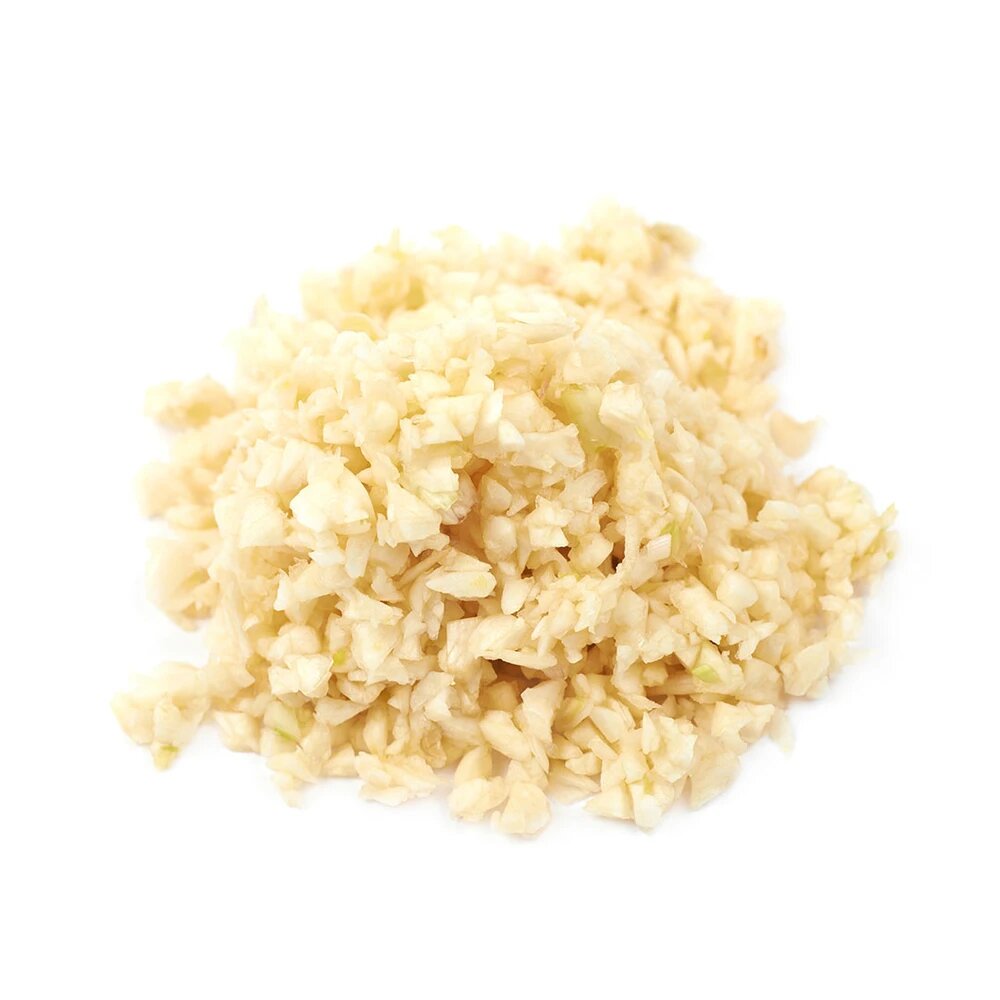
Minced Garlic
75,000đ/KILOGRAM
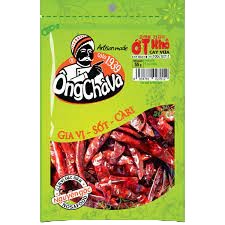
Nosafood Dried Chili 500g
169,000đ/PACK
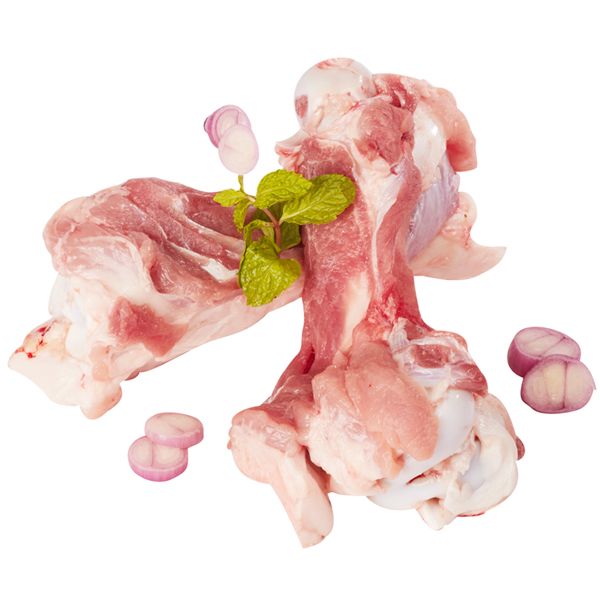
CP Frozen Pork Leg Bone 1kg Package
75,000đ/PACK
94,500đ/PACK

CP Frozen Pork Belly 1kg Package
163,000đ/PACK
187,000đ/PACK
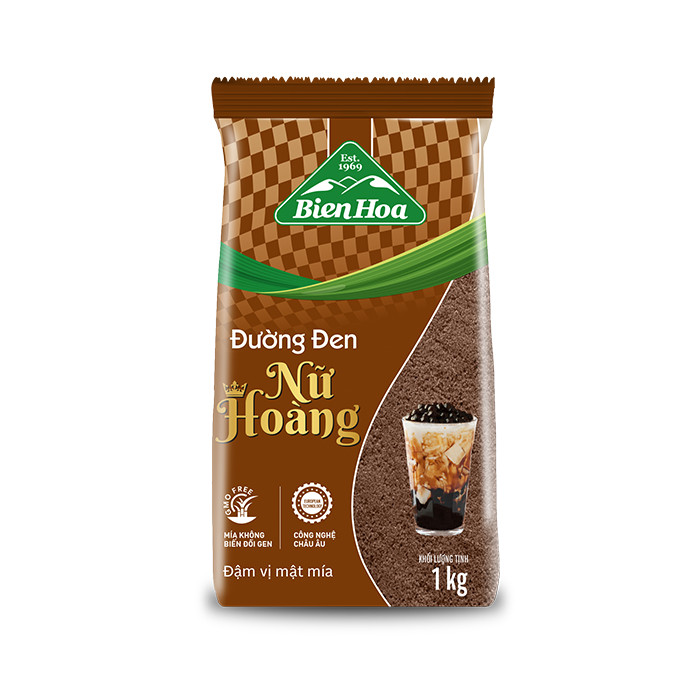
Bien Hoa Nu Hoang Brown Sugar 1kg
51,000đ/PACK
60,000đ/PACK
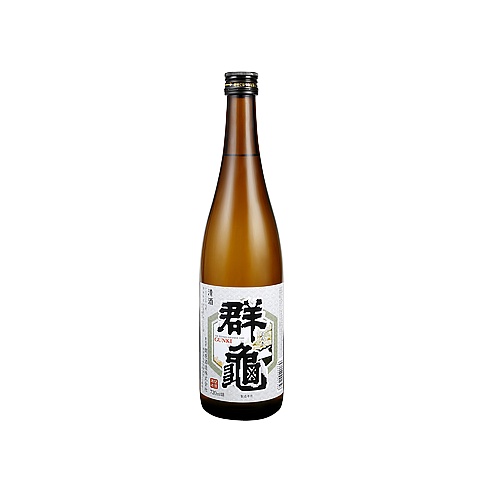
Gunki Sake (15% ABV) 720ml
200,000đ/BOTTLE
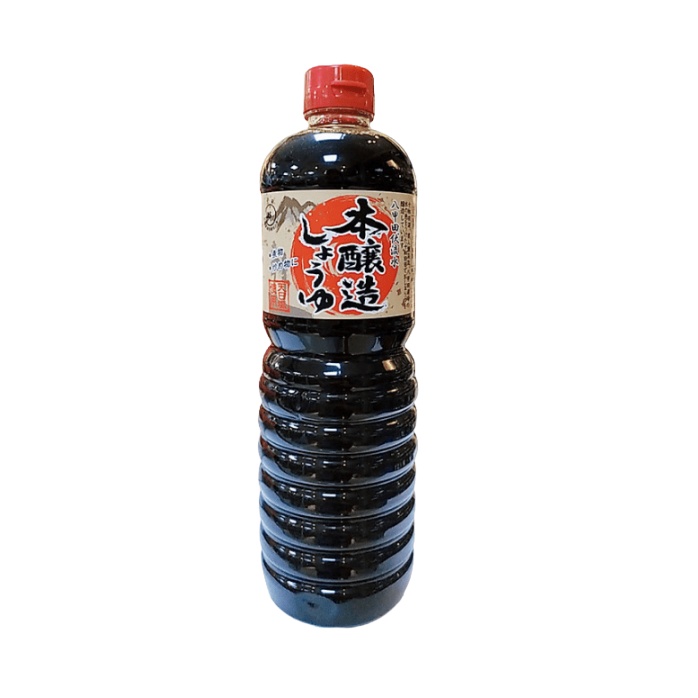
Kobe Bussan Soy Sauce 1L
61,902đ/BOTTLE
75,000đ/BOTTLE
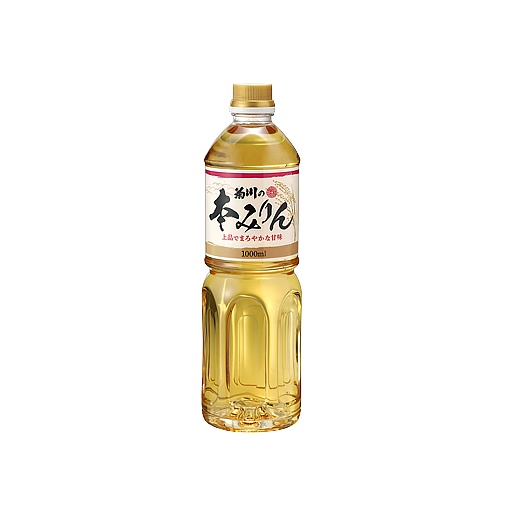
Hon Mirin Cooking Seasoning 1L
85,000đ/BOTTLE
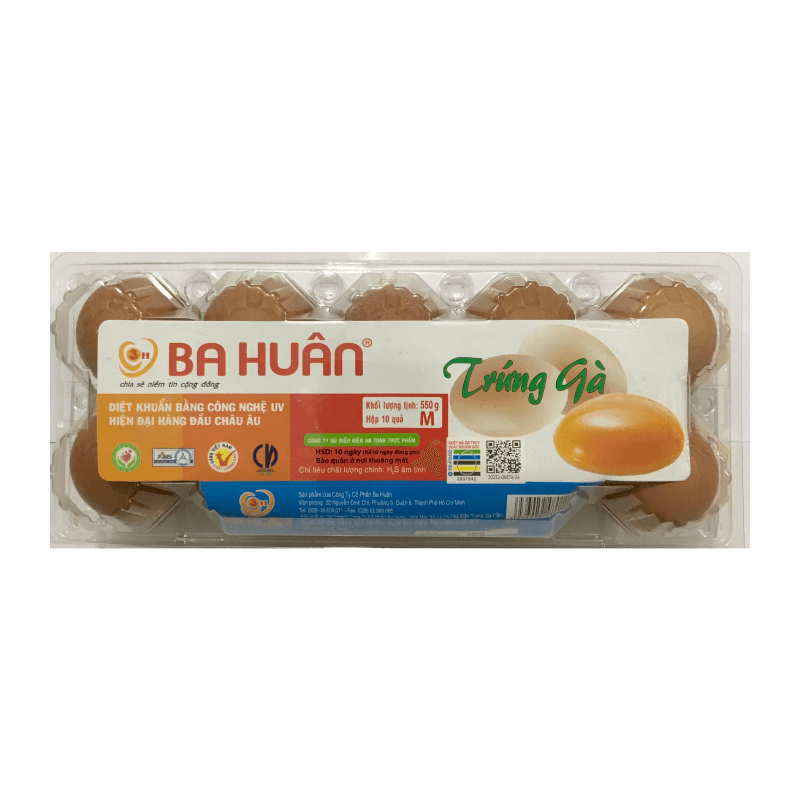
Ba Huan Chicken Egg Size M 10 Eggs/ Box
29,000đ/BOX
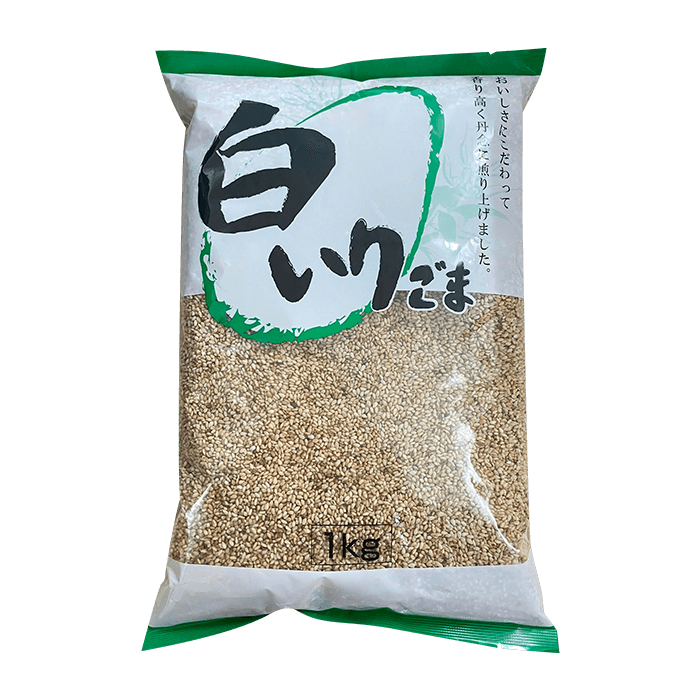
Kobe Bussan Roasted White Sesame Seeds 1kg
195,000đ/PACK
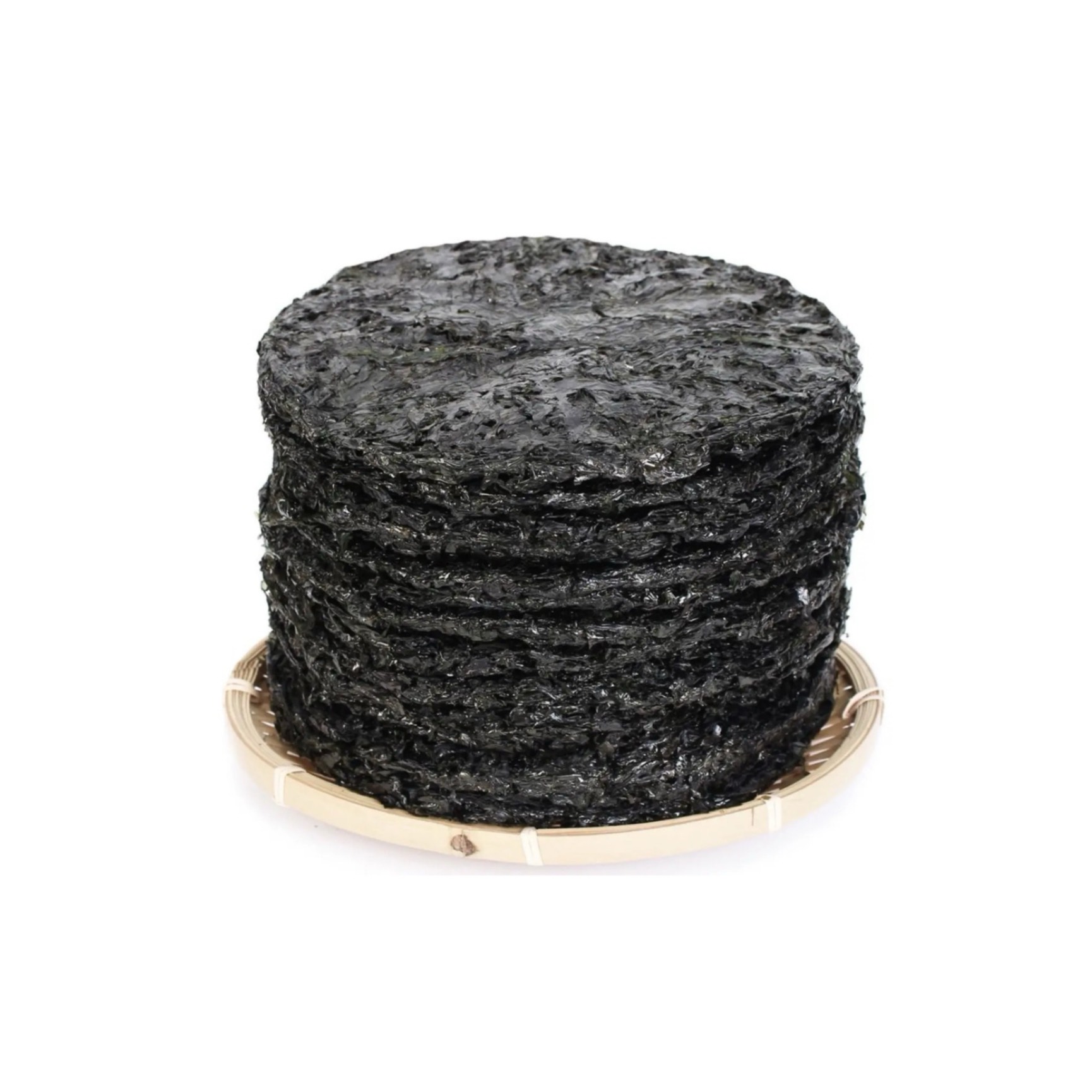
Dried Seaweed 500g
179,000đ/PACK
Instructions
To make authentic Japanese ramen at home, follow these steps:
Step 1: Prepare the Vegetables
- Carrot: Slice thinly with a medium thickness.
- Leeks: Cut into 3cm long sections.
- Potato: Peel and slice into bite-sized pieces.
- Ginger: Prepare 40g of fresh ginger, thinly sliced.
- Garlic: Gently crush 40g of garlic.
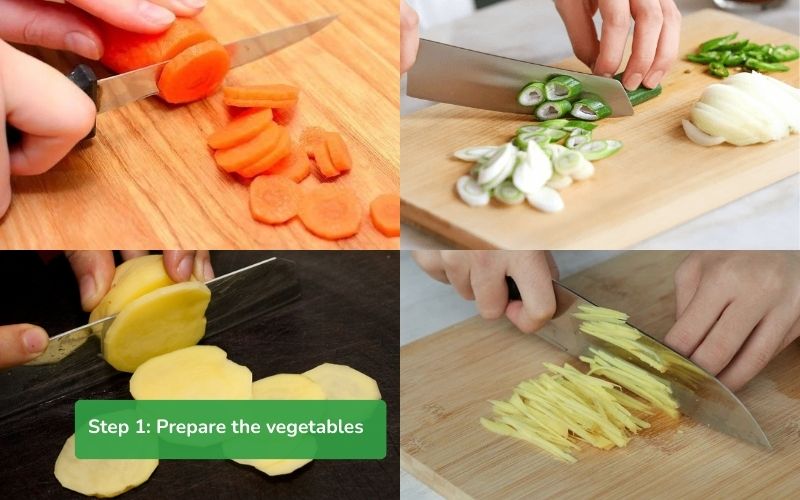
Step 2: Simmer the Pork Bones and Make the Broth
- First, blanch 1kg of pork bones in boiling water for about 5 minutes to remove impurities.
- After blanching, remove the bones and immediately soak them in a bowl of ice water. This helps the meat retain its natural sweetness and provides a fresh, crispy texture when simmered.
- Simmer the broth mixture with the prepared ingredients from step 1, including leeks, carrots, ginger, a few whole dried chilies, crushed garlic, potatoes, 4 liters of water, and the blanched pork bones.
- The ideal simmering time for the broth is 5 to 7 hours, allowing the flavors to meld and create the rich, delicious broth characteristic of ramen.

Step 3: Prepare the Chashu Pork
- To make chashu pork, carefully remove the skin from 1kg of pork belly, then slice the meat thinly lengthwise.
- Tightly roll the sliced meat to prevent it from unraveling during cooking.
- Secure the rolled meat with food-grade string.
- Season all sides of the rolled meat with salt and pepper.
- Sear the seasoned rolled meat over medium heat with a little cooking oil until golden brown on all sides. This gives the meat an attractive color and enhances its richness.
- After searing, place the rolled meat in a pot of boiling water and cook for about 10 minutes.
- Next, remove the meat and immediately soak it in a bowl of ice water. This makes the outside of the chashu pork crispy while keeping the inside moist and tender.

Step 4: Make the Chashu Pork Broth
- Add the following ingredients to a pot along with the seared chashu pork:
- 200ml sake
- 50ml mirin
- 100g brown sugar
- 10g garlic
- 10g of ginger prepared in the previous steps.
- 1 liter of water.
- Then simmer for about 45 minutes to allow the flavors to meld and create a unique, delicious broth.

Step 5: Slice the Chashu Pork and Soak the Soft-Boiled Eggs
- After simmering, remove the chashu pork and let it cool, then slice it into 0.5cm thick slices.
- Let the chashu pork broth cool. Then, add 5 peeled soft-boiled eggs and soak for about 30 minutes to allow the eggs to absorb the broth’s flavor.

Step 6: Prepare the Ramen Broth and Garnish the Leeks
- Mix the broths in a 3:1 ratio, meaning 3 parts pork bone broth and 1 part chashu pork broth.
- For the remaining two leeks, halve the white parts lengthwise. Thinly slice the green parts into rings.
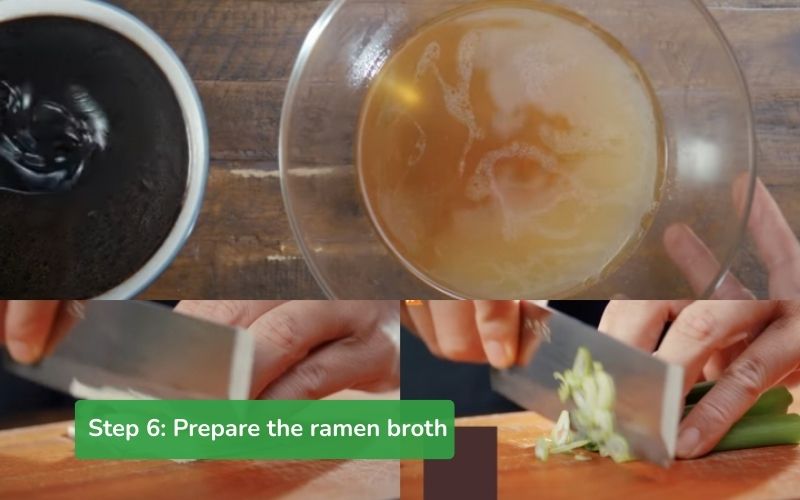
After slicing, soak both types of leeks in cold water. This helps them curl nicely and reduces their pungent flavor.
Step 7: Assemble and Serve
- To prepare the noodles, boil 250g of ramen noodles in boiling water for about 5 minutes, then drain. Place the drained noodles in a large bowl.
- Halve the soaked eggs lengthwise. Arrange the garnishes on top of the noodles, including the sliced and ringed leeks, 5 sheets of seaweed, and a few slices of chashu pork.
- Finally, sprinkle a few roasted sesame seeds on top of the halved eggs to enhance the flavor and presentation.

How to Make Tsukemen Ramen
Tsukemen is a type of ramen where the noodles are served separately and dipped into a richer broth than regular ramen. Here are the instructions for making delicious Tsukemen Ramen:
Ingredients
- Ramen noodles: 500g
- Pork trotters: 700g
- Pork: 350g
- Pork bones: 700g
- Chicken bones: 150g
- Eggs: 3
- Dried bonito flakes: 50g
- Japanese soy sauce: 240ml
- Mirin: 60ml
- Cooking sake: 60ml
- Termitomyces mushrooms: 50g (can be substituted with other mushrooms as desired)
- Dried shiitake mushrooms: 20g
- Large ginger: 1
- Green onions: 3
- Leeks: 8g
- Onion: 1
- Garlic: 3
- Peppercorns: 1 teaspoon
- Salt/Sugar: A little

Buy Tsukemen Ramen Ingredients at Good Prices, Authentic Japanese at Kamereo:
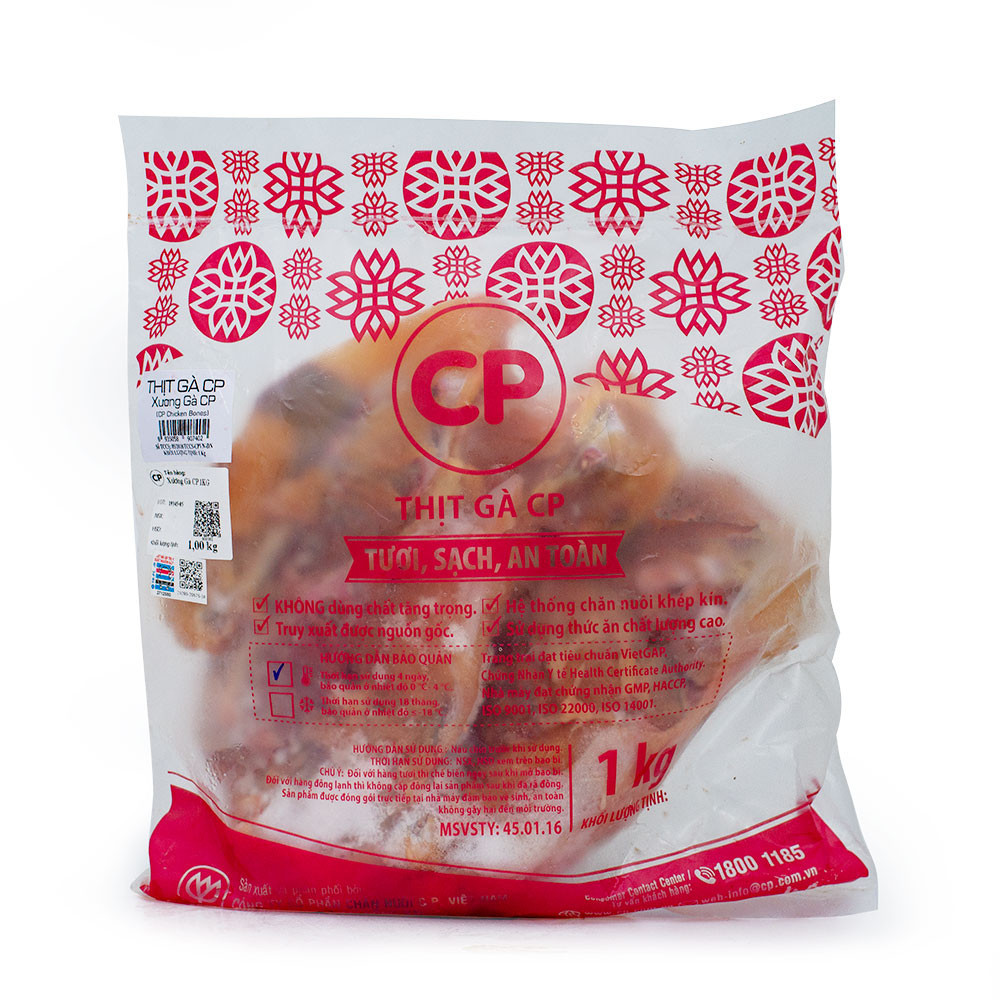
CP Frozen Chicken Bone 1kg
34,000đ/PACK
39,000đ/PACK
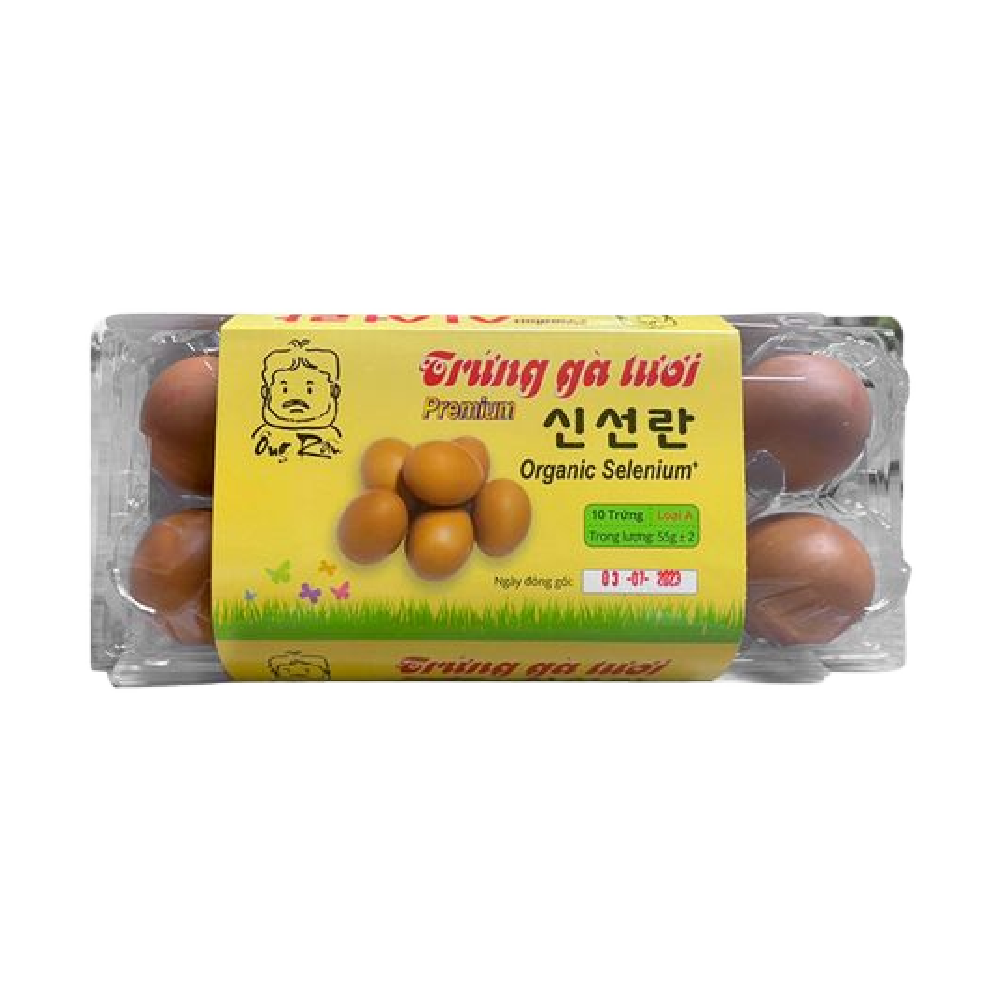
GFoods Chicken Egg 55g 10 Eggs/ Box
25,000đ/BOX
30,500đ/BOX

Yamasa Soy Sauce 1L
85,000đ/BOTTLE
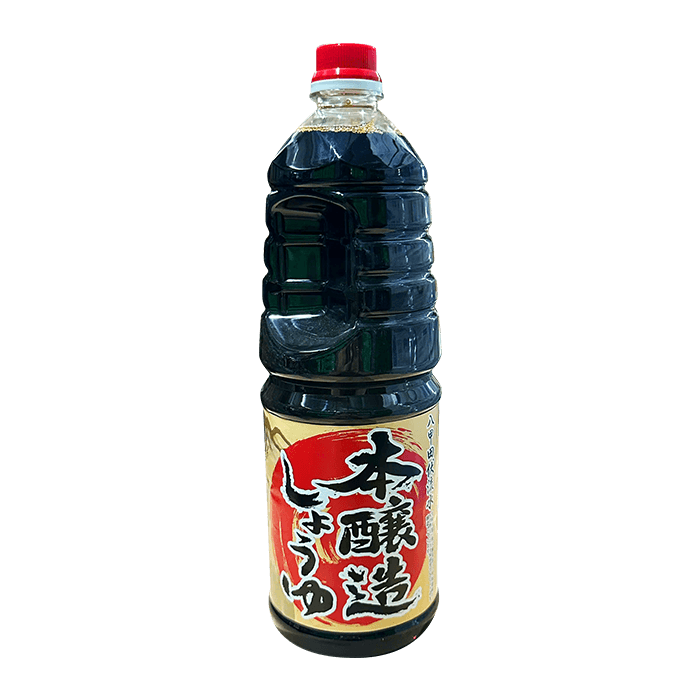
Kobe Bussan Soy Sauce 1.8L
80,000đ/BOTTLE
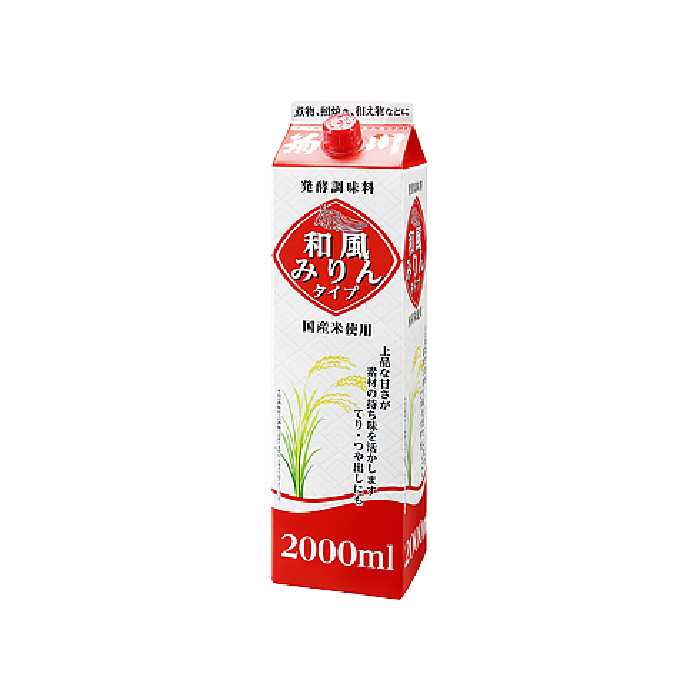
Kikugawa Mirin Cooking Wine 2L
85,000đ/BOX
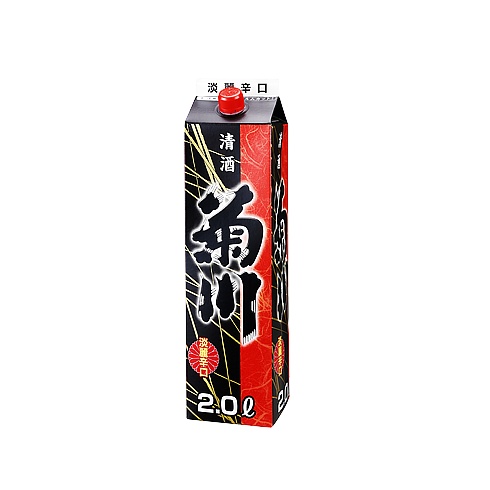
Kikukawa Sake (14%~15% ABV) 2L
330,000đ/BOX

Ginger
79,000đ/KILOGRAM
92,500đ/KILOGRAM

Akamaru Shinaji Ramen from Ippudo (Frozen)
105,000đ/PACK

Shiromaru Motoaji Ramen from Ippudo (Frozen)
105,000đ/PACK
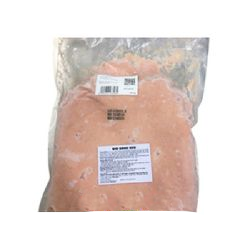
CP Frozen Sausage Paste 1kg
165,000đ/PACK
188,000đ/PACK

CP Frozen Pork Leg Bone 1kg Package
75,000đ/PACK
94,500đ/PACK
Instructions
To make delicious and flavorful dipping ramen, follow these detailed steps:
Step 1: Prepare the Ingredients
- Ginger: Wash the ginger thoroughly under running water, drain, and slice thinly.
- Onion: Peel the outer layer, wash, and cut into wedges.
- Leeks: Wash the leeks to remove dirt, and cut into 1-2 inch long sections.
- Garlic: Halve one garlic bulb horizontally, peel the other and separate the cloves.
- Chicken bones: Wash the chicken bones.
- Pork bones: Blanch the pork bones in boiling water for about 1 minute to remove impurities, then rinse thoroughly with cold water and drain.
- Pork: Soak the pork in diluted salt water for about 15 minutes, then rinse several times with clean water and drain. Slice the pork into bite-sized pieces.
- Pork trotters: Wash the pork trotters several times under running water, ensuring no dirt remains, then drain and chop into bite-sized pieces.
- Green onions: Remove the roots, wash the leaves, and chop for garnish.
- Termitomyces mushrooms: Remove the roots, wash gently to remove dirt, and drain.
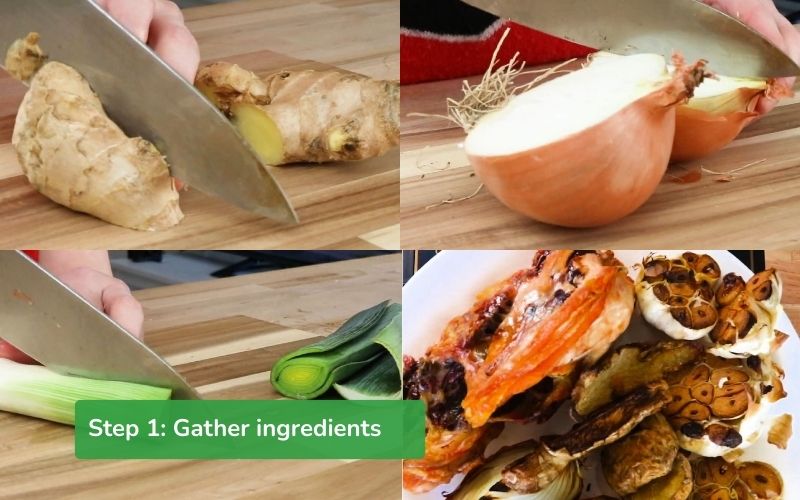
Step 2: Simmer the Bones and Meat
- Place half of the sliced ginger, all of the wedged onion, the halved garlic bulbs, and the chicken bones on a baking sheet.
- Preheat the oven to 200 degrees Celsius and bake for about 15-20 minutes, or until the ingredients are golden brown and fragrant.
- Place all the baked chicken bones, pork trotters, pork bones, and pork in a large pot.
- Add the baked onion, garlic, and ginger on top of the meat and bones.
- Pour in about 450ml of water, add 1 teaspoon of peppercorns and 20g of dried shiitake mushrooms (if using).
- Bring the pot to a boil over high heat, then reduce the heat and simmer for about 1 hour, or until the meat and bones are tender and the broth has a natural sweetness.
- After simmering for about 1 hour, open the lid and add the washed and chopped leeks.
- Continue to cook for about 10 minutes until the leeks are tender.
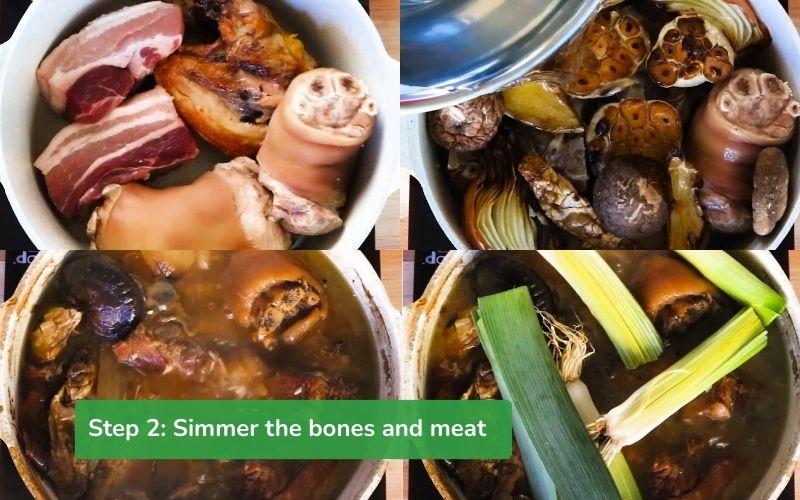
Step 3: Prepare the Soy Sauce-Soaked Eggs
- Soy Sauce Soak:
- Combine 240ml of soy sauce, 60ml of mirin, 60g of sugar, 100ml of water, the remaining sliced ginger, and the peeled garlic cloves in a small pot.
- Add 60ml of sake, stir until the sugar dissolves.
- Bring to a boil, then reduce the heat and simmer for about 15 minutes, or until the soy sauce thickens and becomes fragrant.
- Boil and Soak Eggs:
- Boil the eggs for about 10 minutes from the time the water boils for soft-boiled eggs (adjust to your preference).
- Remove the eggs and immediately soak them in a bowl of ice water to make them easier to peel and prevent cracking.
- Once the eggs have cooled completely, gently peel them and set aside.
- Soak Eggs in Soy Sauce:
- Place the peeled eggs in a food storage container with a lid.
- Pour the cooled soy sauce over the eggs, ensuring they are completely submerged.
- Seal the container and refrigerate for at least 4 hours, or preferably overnight, to allow the eggs to absorb the flavor.
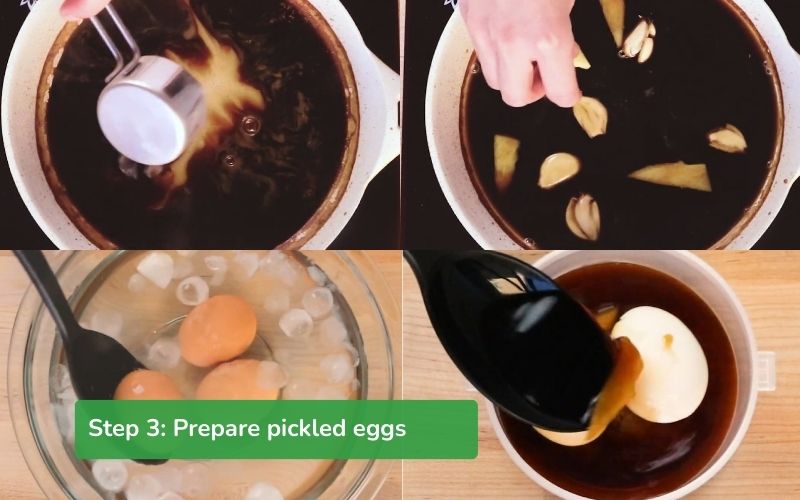
Step 4: Marinate the Chashu Pork
- Place the tender pork from step 2 in a food storage container with a lid.
- Pour the thickened soy sauce from step 3 over the pork, ensuring it is evenly coated.
- Seal the container and refrigerate for at least 30 minutes to allow the pork to absorb the rich flavor of the soy sauce.
- Remove the marinated pork from the container and slice it into bite-sized pieces.

Step 5: Finish the Broth
- Use the bone and meat broth prepared in step 2 as the main broth.
- Add about 5 tablespoons of the soy sauce-soaked egg liquid from step 3 to the broth, season with 1 teaspoon of salt, or adjust the seasoning to taste.
- Add the dried bonito flakes (katsuobushi) and the prepared termitomyces mushrooms to the broth.
- Stir and cook for about 10 minutes until the bonito flakes release their umami flavor and the mushrooms are tender and have absorbed the broth’s flavor.
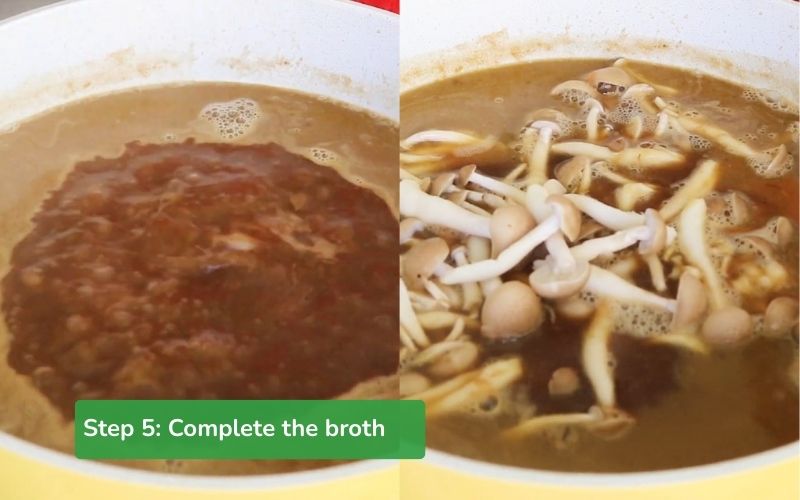
Step 6: Assemble and Enjoy
- Place the cooked ramen noodles on a plate, set aside, then ladle the hot broth with the tender bones and meat into a large bowl.
- Arrange the sliced chashu pork, halved soy sauce-soaked eggs, and chopped green onions in a separate small bowl.
- Present the noodles and toppings attractively.

Note:
- This is a dipping noodle dish, so dip the noodles into the hot broth before eating to maintain their chewy texture and preserve the authentic flavor.
- You can enjoy the dipping noodles with the prepared toppings such as chashu pork, soy sauce-soaked eggs, and green onions to enhance the appeal and rich flavor of the dish.
How to Cook Tori Paitan Ramen
Tori Paitan Ramen is a unique ramen dish with a milky white, rich broth flavored with chicken meat and bones. To prepare this dish at home, you need to prepare the basic ingredients and follow these steps:
Ingredients
- Chicken meat: 1 kg
- Mirin wine: 5 tablespoons
- Chicken eggs: 3 eggs
- Onion: 1/2 bulb
- Carrot: 1/3 bulb
- Garlic: 3 cloves
- Ginger: 1 knob
- Leek: 2 sprigs
- Lime leaves: 3 leaves
- Cooking oil: 3 tablespoons
- Soy sauce: 70ml
- Sugar/Salt: a little
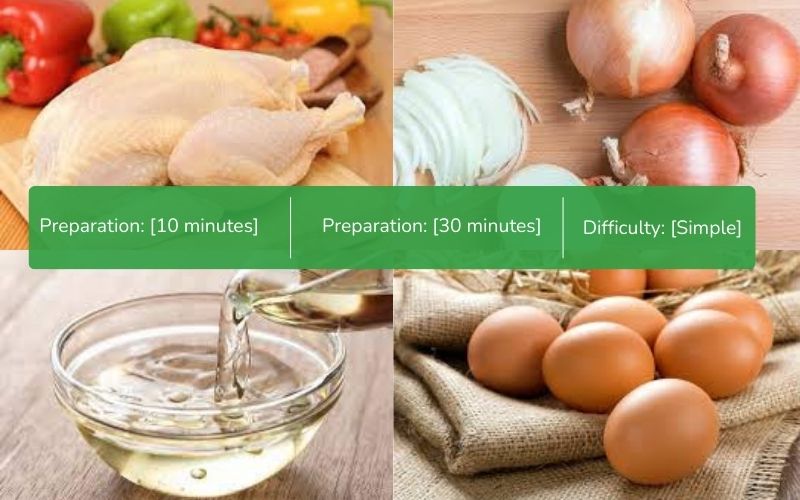
Buy Tori Paitan Ramen cooking ingredients at good prices at Kamereo:

CP Fresh Chicken Breast Without Skin 1kg
85,000đ/PACK
103,000đ/PACK
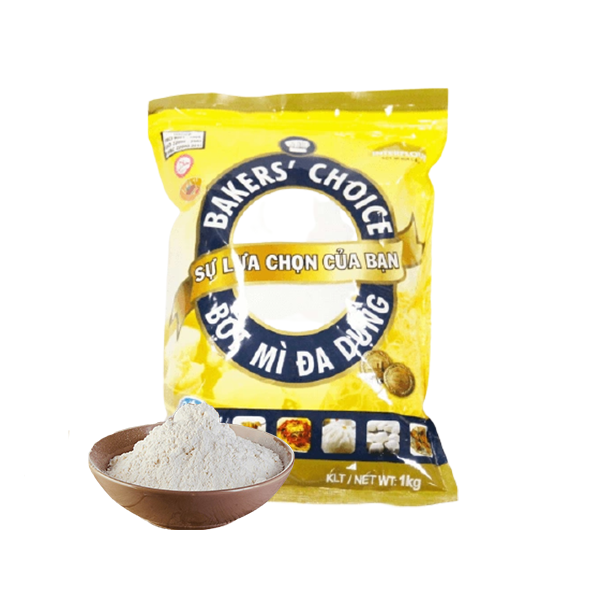
Bakers' Choice All Purpose Flour 1kg (No. 11)
27,500đ/PACK
34,500đ/PACK

Bakers' Choice Wheat Flour 1kg (No. 13)
28,500đ/PACK
36,000đ/PACK
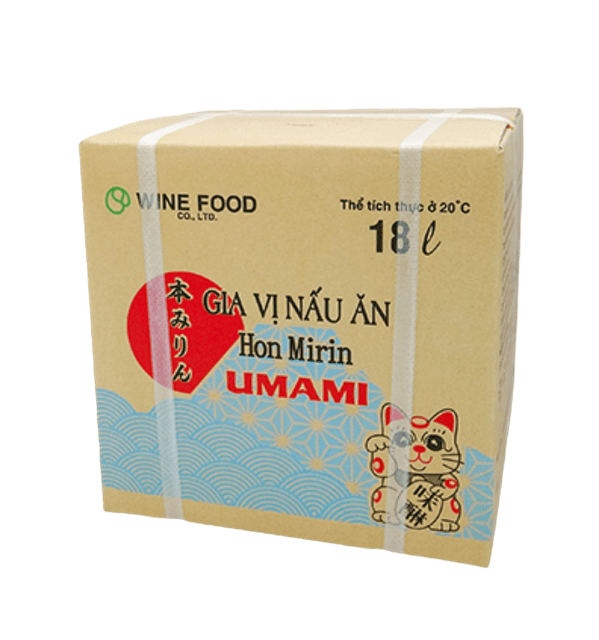
Hon Mirin Umami 18L
899,000đ/CASE

Hon Mirin Umami 880ml
69,000đ/BOTTLE

CP Chicken Egg 54g 10 Eggs/ Box
33,500đ/BOX
41,500đ/BOX
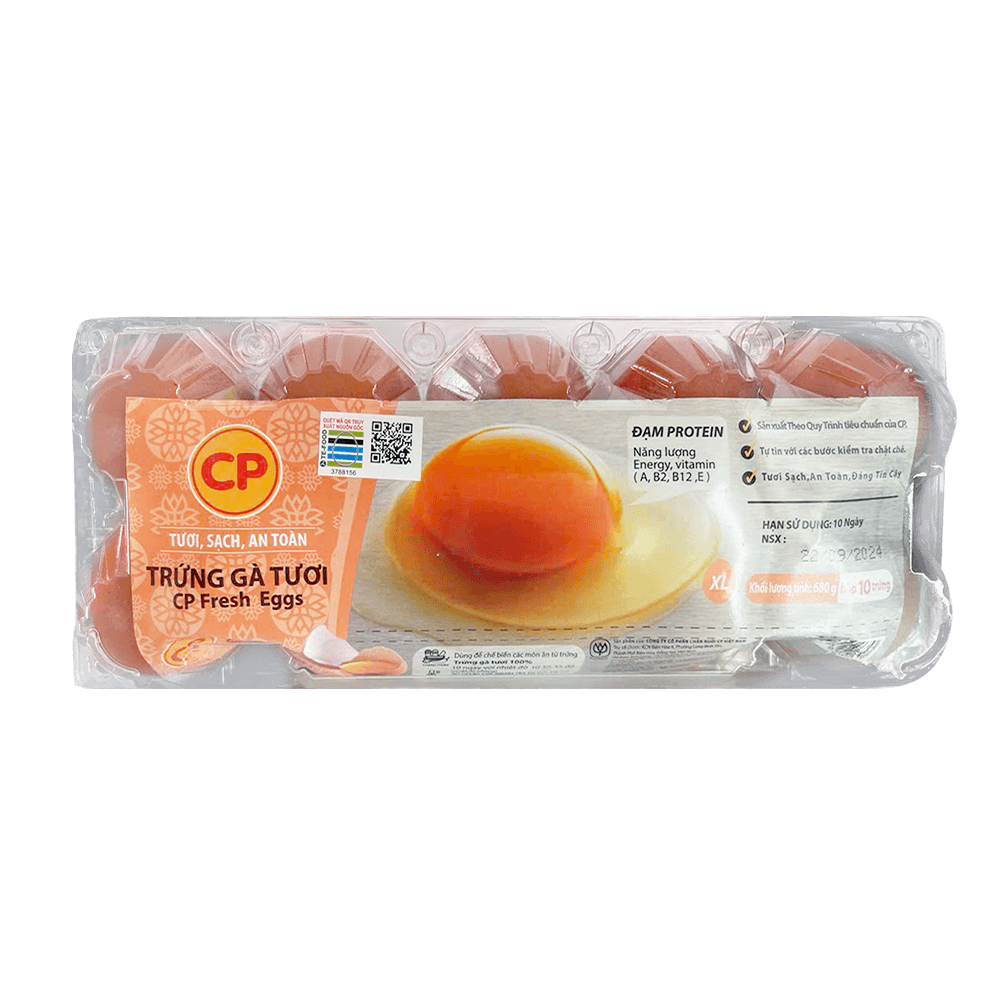
CP Chicken Egg 68g 10 Eggs/ Box
36,500đ/TRAY
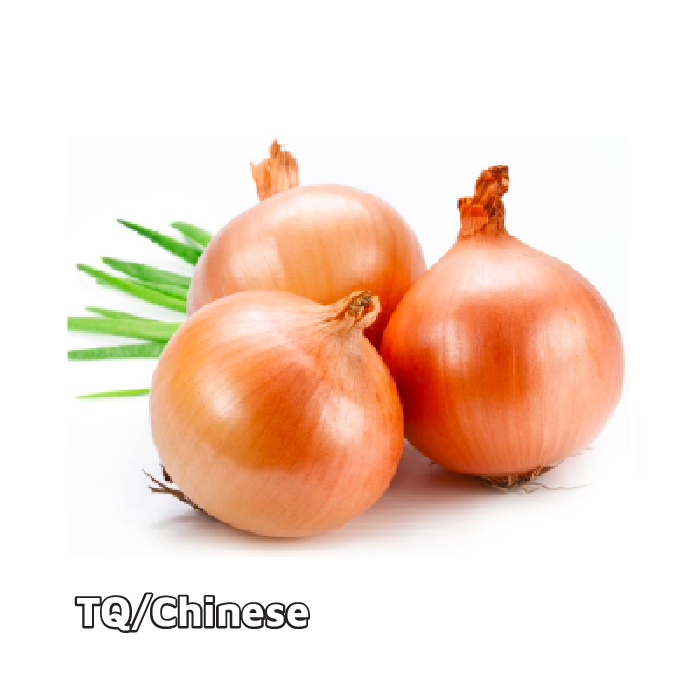
Onion Big Size
18,000đ/KILOGRAM
22,000đ/KILOGRAM
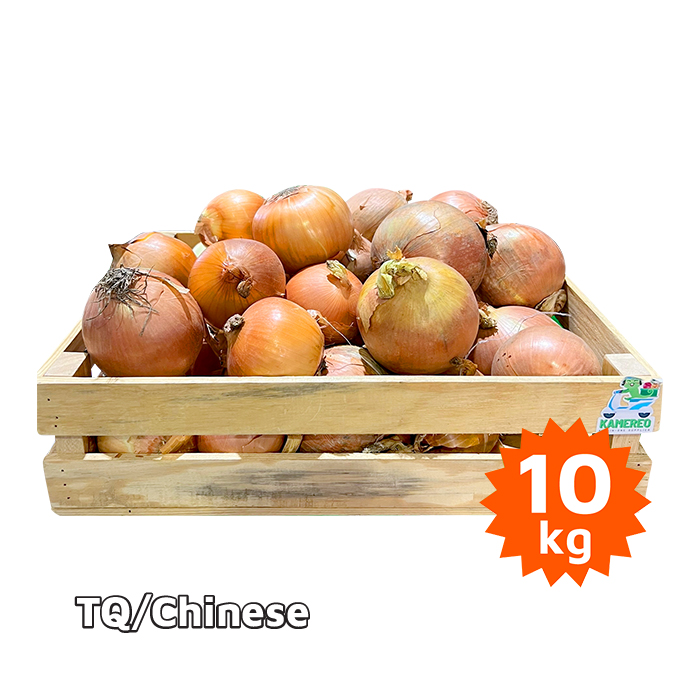
Onion Big Size (10kg/ Pack)
175,000đ/PACK
196,000đ/PACK

Carrot Da Lat
22,000đ/KILOGRAM
26,000đ/KILOGRAM

Carrot (10kg/ Pack)
175,000đ/PACK
219,500đ/PACK

Arm & Hammer Pure Baking Soda Powder 454g
32,000đ/BOX
Instructions
To prepare a delicious and attractive Tori Paitan Ramen at home, you need to follow these detailed steps:
Step 1: Preliminary processing of fresh ingredients
- Onion: Peel and rinse with water.
- Ginger: Peel, rinse, and divide into two. One half remains whole, the other half is thinly sliced.
- Carrot: Peel, rinse, and drain.
- Garlic: Peel 3 cloves and rinse.
- Leek: Rinse, one sprig remains whole, the other sprig is cut into small pieces.
- Green onions: Rinse the roots and chop finely.
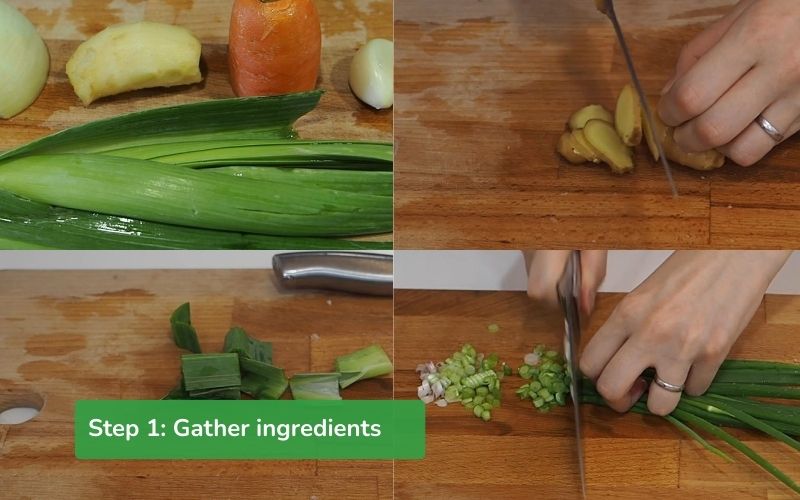
Step 2: Preliminary processing of chicken meat and bones
- Use a knife to separate the chicken meat from the bones. The bones will be used to simmer the broth, and the meat will be used to make char siu.
- Rinse both bones and chicken meat under running water.
- Use salt to rub evenly on both bones and chicken meat for about 5-10 minutes. Then, rinse thoroughly with clean water and drain.
- Chop the chicken bones into bite-sized pieces.
- Use a knife to cut the chicken meat into 2 smaller pieces, then roll them up and secure them with skewers.

Step 3: Preparing soy-soaked eggs
- Prepare a clean bowl, add 1 teaspoon of sugar, 2 teaspoons of soy sauce, and 1 teaspoon of water, then stir until the sugar is completely dissolved.
- Boil a large pot of water, gently add 2 eggs and boil over high heat for 7 minutes.
- Remove the boiled eggs and soak them immediately in a bowl of cold ice water to make them easier to peel.
- Peel the eggs and put them in an airtight food bag or container. Then, pour in the prepared soy sauce mixture, ensuring the eggs are completely submerged, and soak for about 30 minutes to allow the eggs to absorb the flavor evenly.
- After soaking for the required time, remove the eggs and use a knife to cut them into bite-sized pieces for decoration.

Step 4: Simmering chicken bones for broth
- Add 450ml of water to a pot and bring to a boil on the stove.
- When the water boils, add the pre-processed chicken bones to the pot and simmer over medium heat for about 30 minutes.
- During the simmering process, regularly use a ladle to skim off any foam that rises to the surface, helping the broth to be clear and have a better flavor.
- Next, add the whole leek sprig, the whole ginger knob, the onion, and the garlic to the pot.
- Cover the pot and continue to simmer for about 40 minutes, allowing the chicken bones to soften and the vegetables to release their aroma, making the broth more flavorful.

Step 5: Preparing chicken char siu
- Place a pan on the stove, add 3 tablespoons of cooking oil and heat.
- Add the rolled chicken meat and fry over low heat until the meat is golden brown on both sides.
- While frying the meat, prepare a small bowl, add 500ml of water, 2 teaspoons of soy sauce, 2 teaspoons of mirin wine, and 2 teaspoons of sugar, stir until the sugar is completely dissolved.
- Pour the prepared soy sauce mixture into the pan with the frying chicken meat, and add the ginger and chopped leek to the pan.
- Then, boil over medium heat for about 15-20 minutes, or until the chicken meat absorbs the flavor evenly and the soy sauce thickens.
- Remove the chicken meat to a plate and use a knife to cut it into bite-sized pieces.

Step 6: Blending and straining the chicken bone broth
- Scoop about 3 ladles of chicken bone broth into a blender and add the softened chicken bones to the blender, then blend for about 1 minute.
- Pour the blended chicken bones back into the pot of broth and boil over medium heat for about 5 minutes.
- Use a strainer to strain the entire chicken bone broth mixture, removing any residue and bone fragments.
- Pour the strained broth into a clean jar or bowl and let it cool.

Step 7: Completing the broth and boiling the noodles
- Add 5 tablespoons of soy sauce and 3 teaspoons of mirin wine to a small pot and boil over low heat for about 5-10 minutes.
- Boil another large pot of water, then add the prepared fresh ramen noodles to the pot and boil briefly for about 1 minute.
- Remove the boiled noodles to a strainer and shake gently to drain the water.
- Prepare a bowl for the noodles, add 3 tablespoons of the cooked soy sauce to the bowl, then add about 2 ladles of the strained chicken broth to the bowl and stir well.

Step 8: Plating and enjoying
- Place the boiled noodles into the bowl of broth.
- Arrange a few slices of chicken char siu on top of the noodles.
- Sprinkle some chopped green onions on top to enhance the aroma and attractive color.
- If desired, you can add sliced soy-soaked eggs and some dried seaweed to make the noodle dish more diverse in flavor and visually appealing.
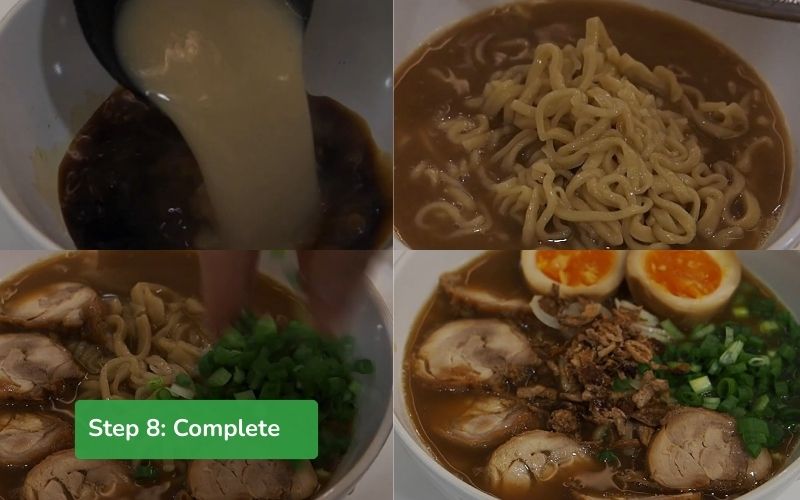
Buy authentic Japanese Ramen cooking ingredients at good prices at Kamereo
Kamereo is a wholesale food supply platform and an important strategic partner of Gyomu Japan, providing authentic Japanese ingredients with high quality assurance. We commit to product quality through strict control processes and a modern storage and preservation system, aiming to bring the best products to our customers.
With a diverse product catalog of over 3000 items, at Kamereo, businesses only need to work with a single partner for multiple supply sources, optimizing the procurement process. This allows businesses to significantly save costs and time in the sourcing and supply management process.

Through Kamereo’s application and website, customers can easily update product price information online. In addition, Kamereo’s staff proactively sends monthly price quotes, helping customers quickly grasp market fluctuations. This allows businesses to easily monitor and control their budgets effectively, making smart and timely purchasing decisions.
In particular, Kamereo offers outstanding convenience to customers with the ability to place orders flexibly until 12 midnight and receive goods early the next morning, before 6 am. Kamereo also implements a co-inspection policy upon receipt of goods to ensure customers always receive products of the correct quality and quantity ordered. This is a strong commitment from Kamereo to provide the best experience for all partners.
Best selling authentic Japanese domestic products at Kamereo:
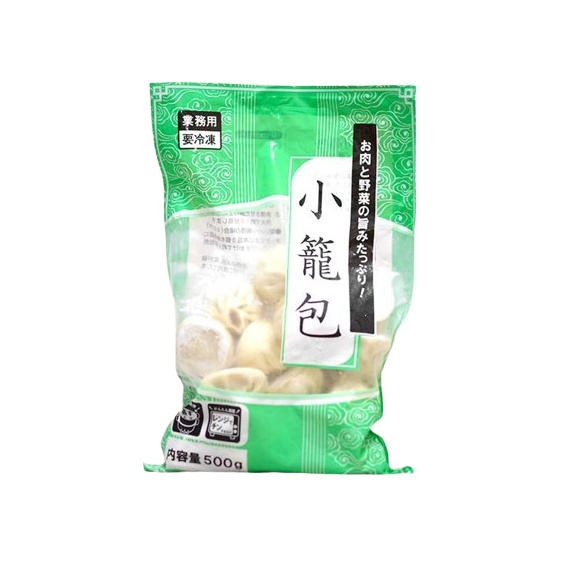
Frozen Soup Dumplings 500g
199,000đ/PACK
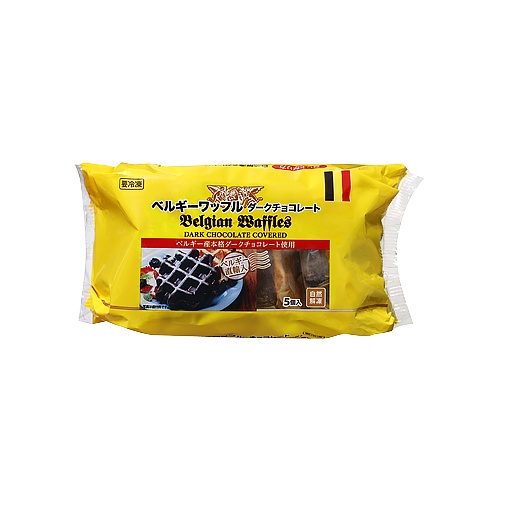
Belgian Frozen Waffle With Chocolate Flavor 300g
100,000đ/PACK
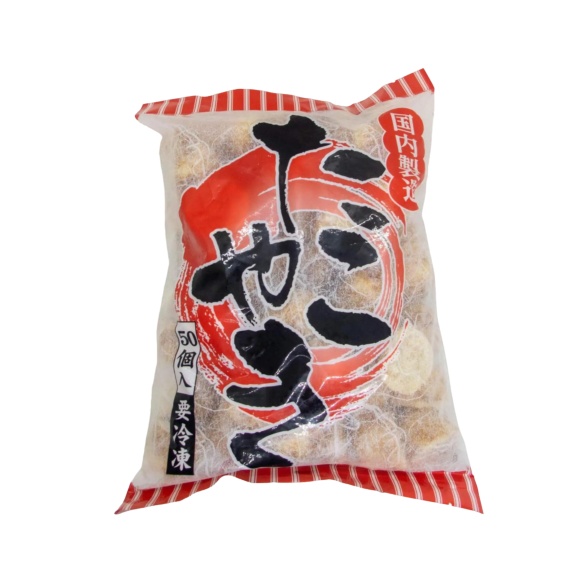
Frozen Takoyaki (Octopus Balls) 1kg
219,000đ/PACK
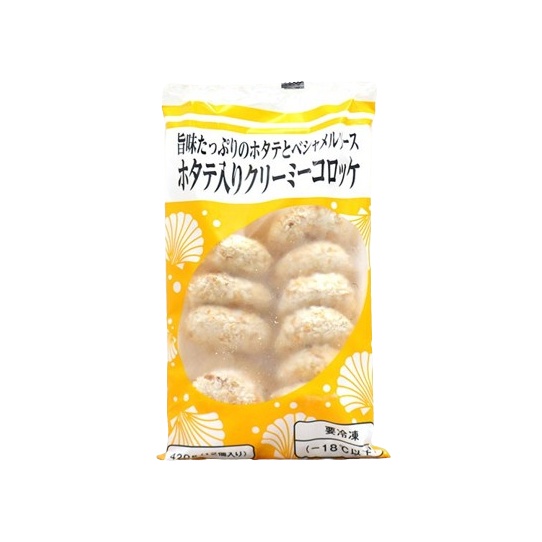
Frozen Fried Scallop Cakes With Cream Sauce 420g
175,000đ/PACK

Frozen Churros 500g
52,683đ/PACK
54,000đ/PACK

Frozen Strawberry Churros 500g
55,000đ/PACK
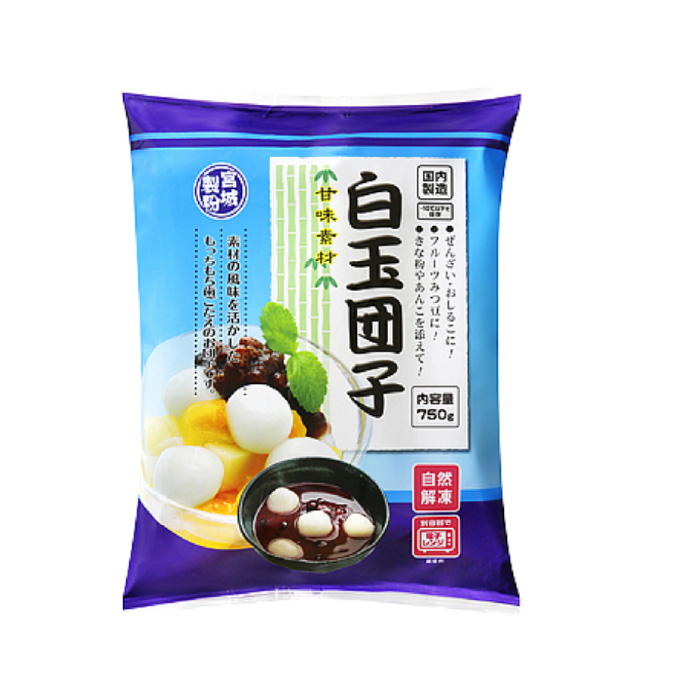
Frozen Shiratama Dango 750g
100,000đ/PACK

Frozen Sweet Potato Cake 500g
105,000đ/PACK
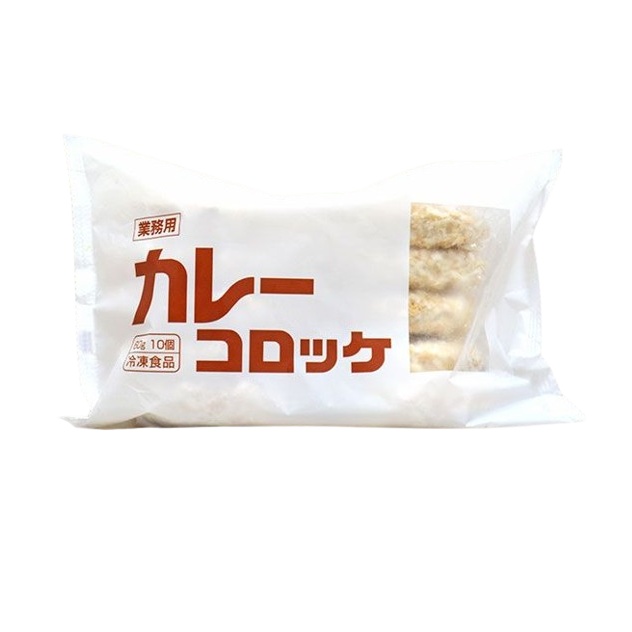
Korokke Frozen Curry Filled 600g
99,000đ/PACK
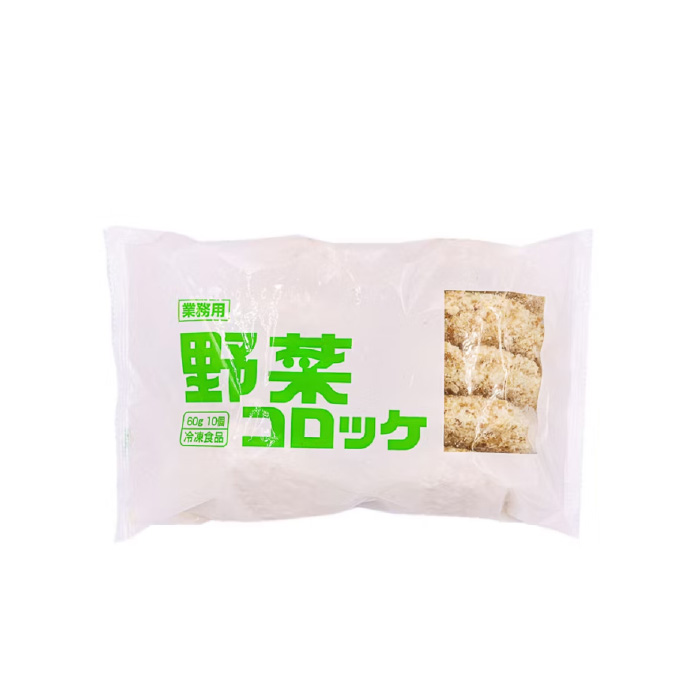
Frozen Vegetable Filled Korokke 600g
99,000đ/PACK
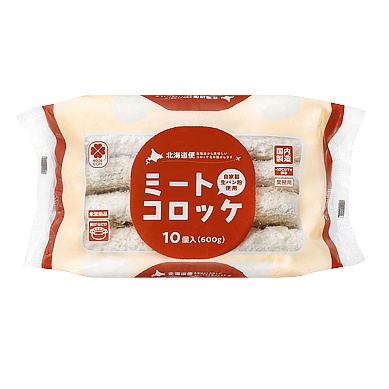
Frozen Meat Filled Korokke 600g
99,000đ/PACK
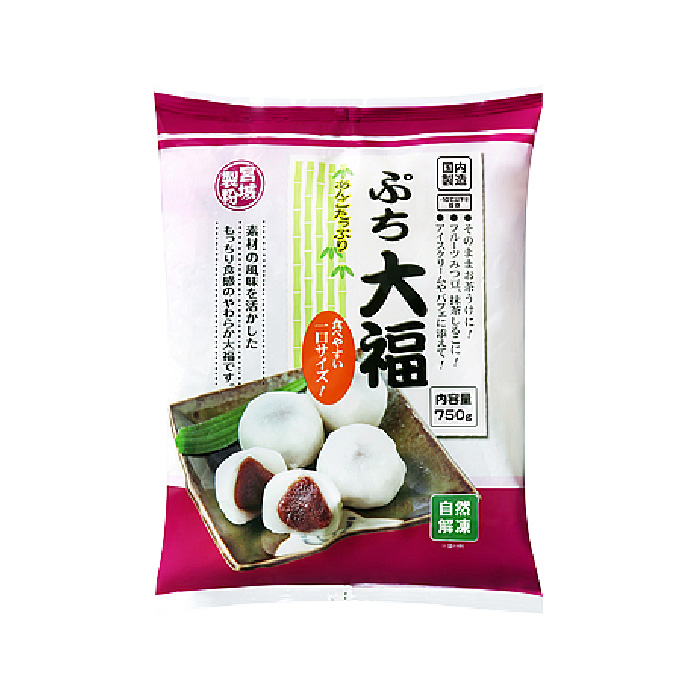
Frozen Daifuku Mochi 750g
115,000đ/PACK
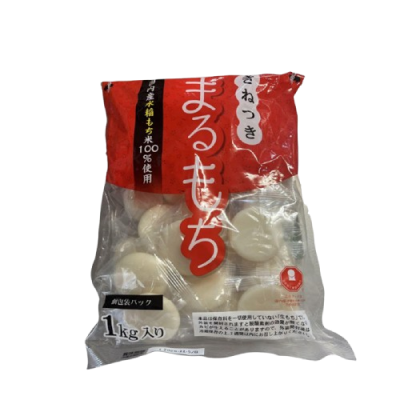
Maehara Seifun Dried Mochi 1kg
150,000đ/PACK
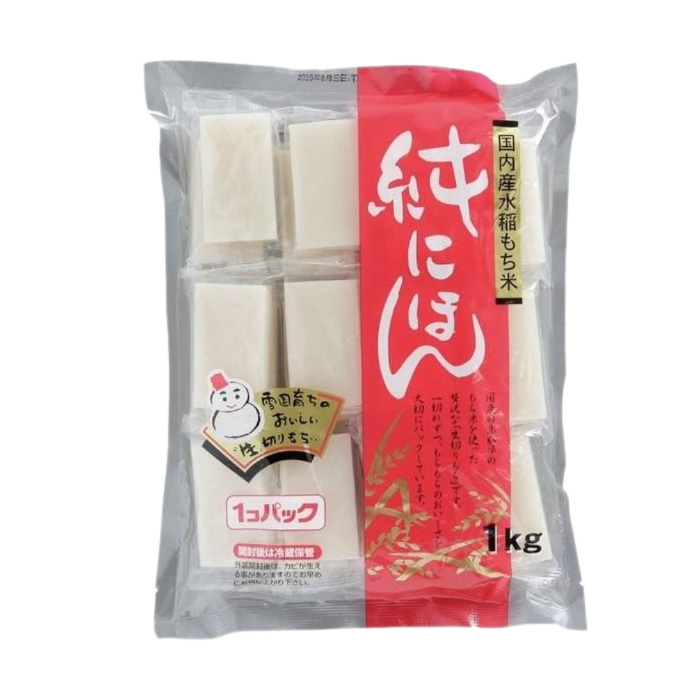
Original Flavour Mochi 1kg
145,000đ/PACK
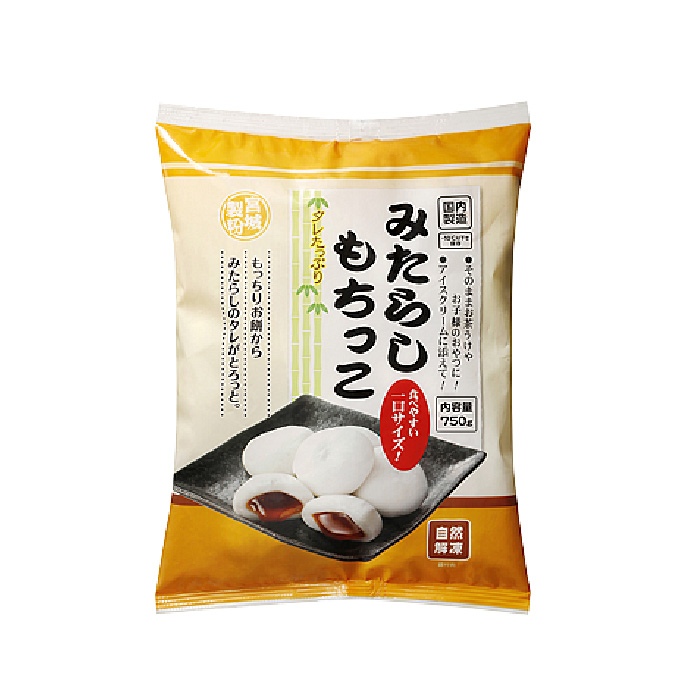
Frozen Mochi With Mitarashi Sauce Filling 750g
115,000đ/PACK
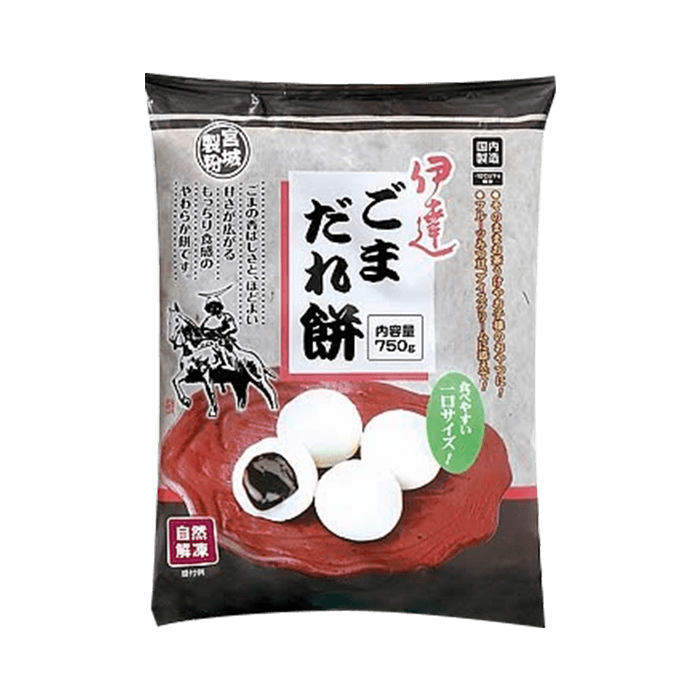
Frozen Sesame Filling Mochi 750g
115,000đ/PACK
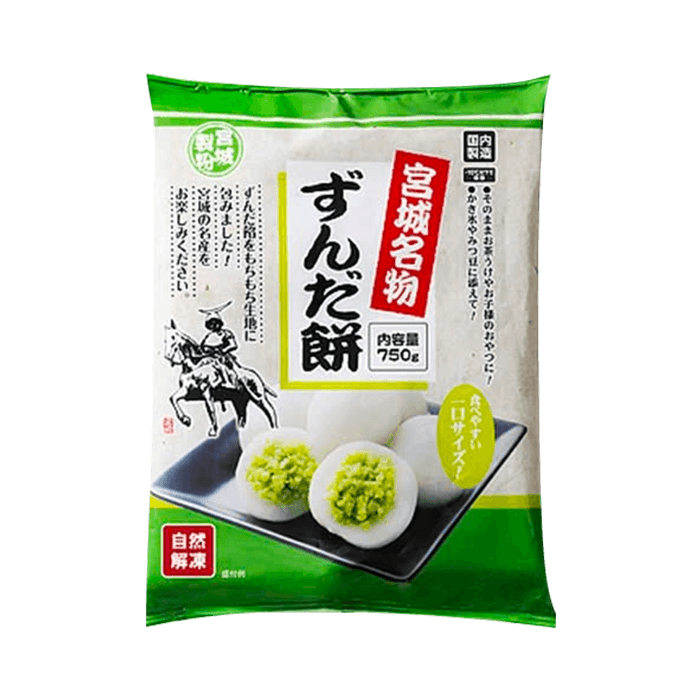
Frozen Green Bean Mochi 750g
115,000đ/PACK
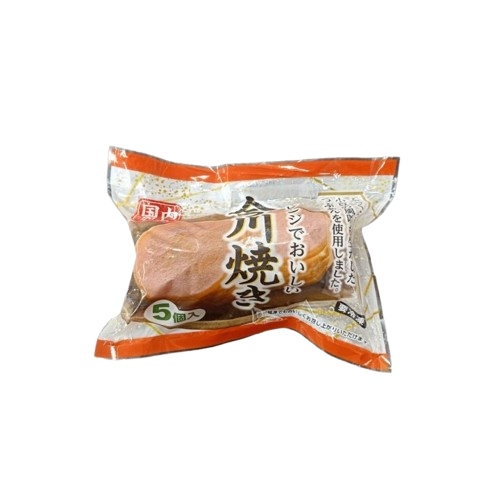
Imagawa Frozen Yaki With Red Bean Filling 400g
98,000đ/PACK

Frozen Fried Shrimp Cakes 400g
185,000đ/PACK
Conclusion
Hopefully, this article has provided useful knowledge on how to cook ramen noodles simple yet flavorful and authentic. To ensure the quality of your dish, choose genuine ingredients at good prices at Kamereo. Also, don’t miss the Food and Lifestyle section to update more cooking tips and exciting culinary information!
See more:



